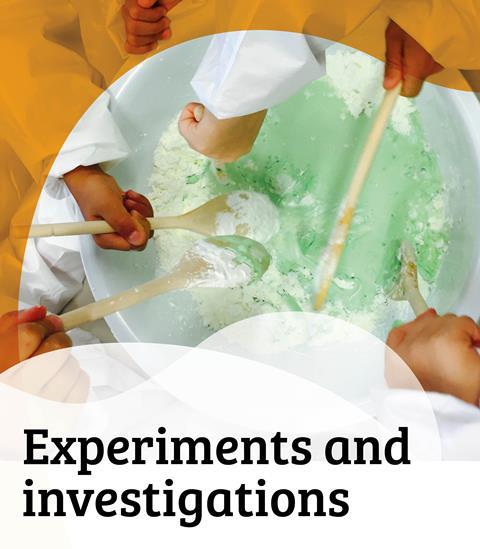Join Kareena and her superhero friend K-mistry and learn about how the properties of a material can make them suitable for a particular use
Produced by FunKids radio in collaboration with the RSC, this short chemistry snippet is great for introducing children to the properties of a material can make them suitable for a particular use.
This podcast can be used as a ’hook’ when introducing the topic to your students, or at the end of a lesson to stimulate discussion about what they have learnt.
Downloads
Kareena's Chemistry- Episode 11: Chemistry in sport
Audio | Other, Size 4.22 mb
Additional information
If you teach primary science, see the headings below to find out how to use this resource:
Skill development
Children will develop their working scientifically skills by:
- Selecting and planning the most appropriate ways to answer science questions, recognising and controlling variables where necessary, including:
- Carrying out comparative and fair tests.
- Finding things out from a wide range of secondary sources of information.
- Using a range of scientific equipment to take accurate and precise measurements or readings, with repeat readings where necessary.
- Drawing conclusions and raising further questions that could be investigated based on their data and observations.
Learning outcomes
Children will:
- Compare and group together everyday materials on the basis of their properties.
- Give reasons, based on evidence from comparative and fair tests, for the particular uses of everyday materials.
Concepts supported
Children will learn:
- That materials have different properties making them suitable for different roles.
- The idea of ‘best fit’ – that while many materials can be used for the same job, typically one material will be chosen over others.
Suggested activity use
This activity could be used as a stimulus for children investigating the properties of materials and their respective uses. Investigations could be carried out around looking at the uses of materials for particular items of sport clothing and equipment. Alternatively, children could investigate why materials were chosen for other roles.
Practical considerations
If carrying out an investigation, such as, ‘how heavy, stretchy or cool some materials are compared with others?’ a wide range of materials will be required for children to observe and sort.
Also, some of the more advance vocabulary, such as ‘atom’, ‘molecule’, ‘composite’ and ‘carbon fibre’, may need some additional explanation.
Primary science podcasts
- 1
- 2
- 3
- 4
- 5
- 6
- 7
- 8
- 9
- 10
- 11
- 12
 Currently reading
Currently readingChemistry in sport
- 13
- 14
- 15
- 16



























No comments yet